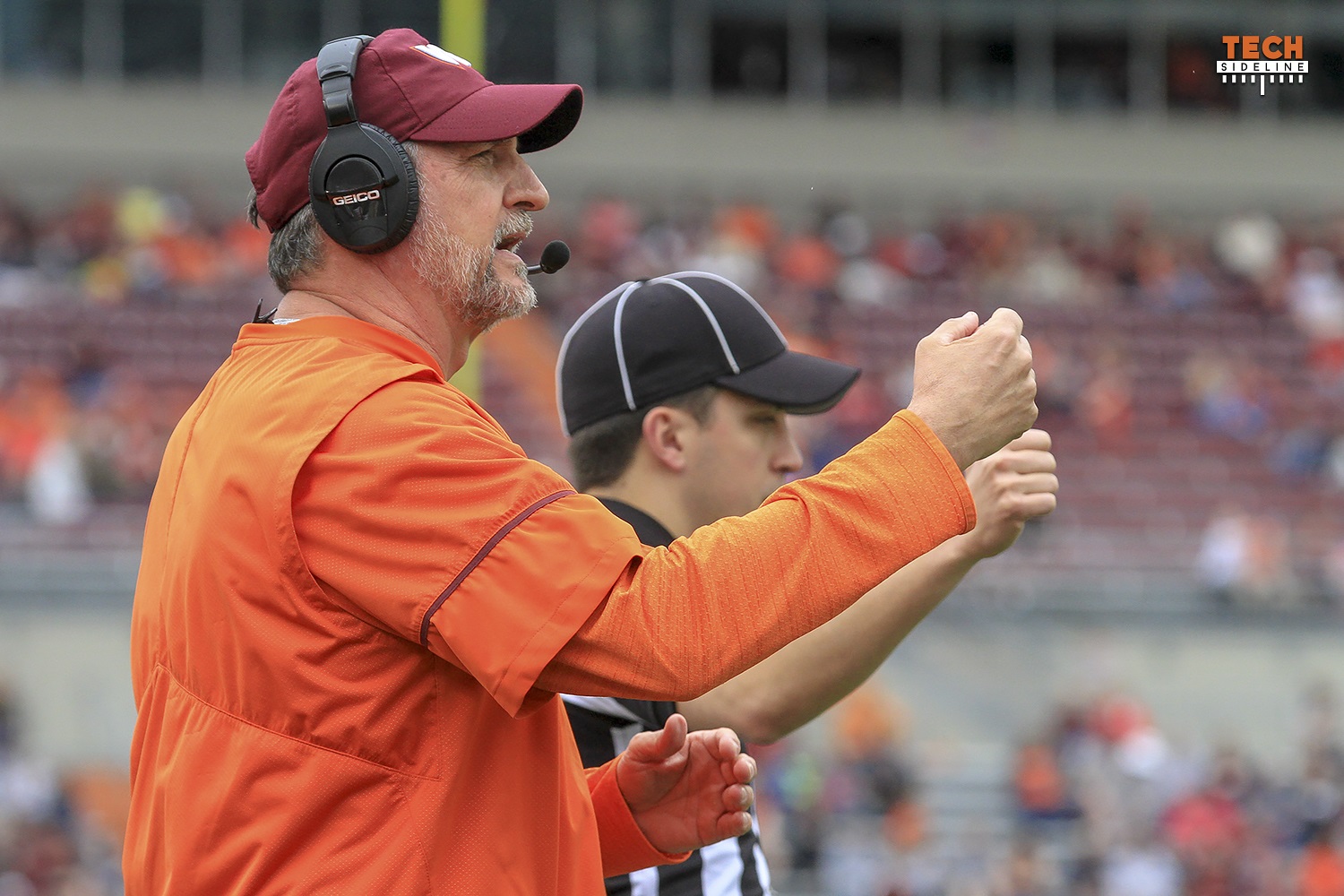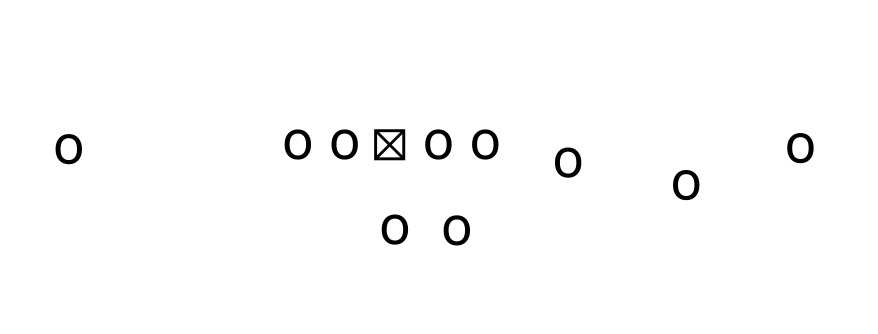
Spread offenses can give defenses real headaches when they decide to shove a bunch of receivers over to one side of the field. Three (or even four) receivers running loose in the same space can cross up veteran defenses. The defense can push defenders over there to match the numbers, but that can leave a corner isolated on the backside. Yet there’s opportunity for the defense in this situation, too. With the right call, the defense can match a bunch of defenders in a web of different assignments to the offensive passing strength, while still being able to help the isolated defender on the other side of the formation.
ABOVE: This is a 3×1 alignment, i.e., three receivers to one side of the formation, with one on the other side. The three clustered receivers are to the field. This alignment is often called Trips-Open to indicate the three field receivers (i.e., the “trips” part) and an isolated receiver split away from the formation (i.e., the “open” part.) If the isolated receiver was tight to the formation like a tight-end, it’d be called “Trips-Closed.”
Using an overshifted zone-match defense like “solo” or “poach” can help solve this problem. I’m going to use poach/solo in a very general sense here, because for different teams it can mean anything from a very specific play call (e.g., at TCU) to a general player assignment. My recollection is that Tech prefers the latter option, with “poach” meaning the act of bringing a safety over to play a centerfield robber role; specific plays are numbers with signal words like “key” and “combo” to indicate non-standard reads. You might remember from my Husky 4-4 series that robber is a read technique used by deep safeties. If a robber safety is directly threatened deep, he matches with the deep threat; if not, he looks to help the nearest cornerback with his assignment.
...Subscribe to read full story
Tired of low effort articles and clickbait? So are we. Subscribe to read great articles written by a full-time staff with decades of experience.
Already a subscriber? Login Here




